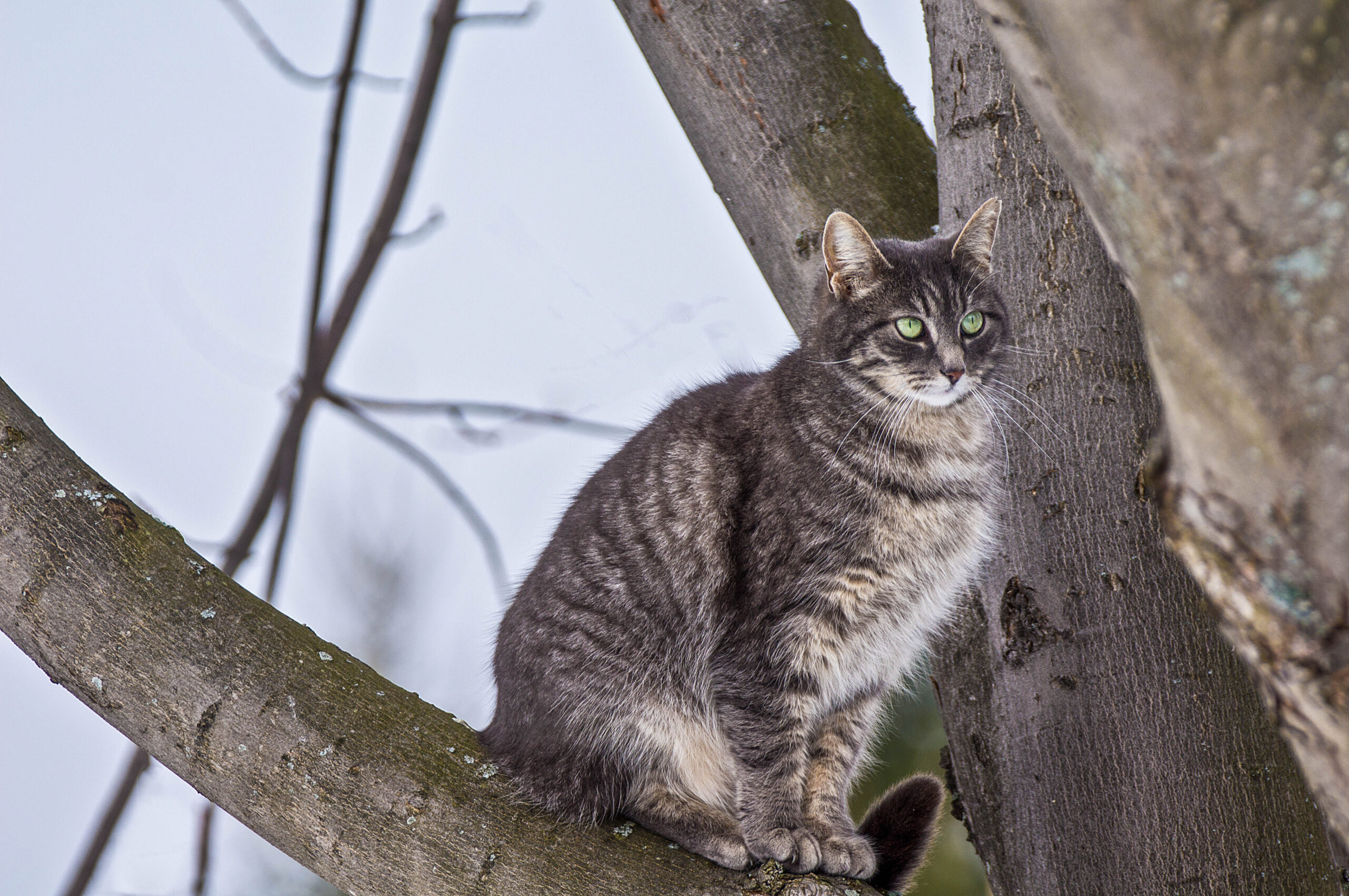When I was nine years old, I asked my mother and older brother how people knew so much about the anatomy of the eyes and ears of humans. My mom didn’t want to tell me because she thought the answer would upset me.
“Curiosity killed the cat,” my brother warned me. But my curiosity was too strong, so I made him tell me. The answer: Looking at the eyes and ears of dead people. My mother had been right, the answer did upset me.
But, while I was distraught until I accepted the answer; it hadn’t outright killed me. So, where did the idea that curiosity could kill come from? After all, NASA had sent a rover named Curiosity to signify the most fundamental aspect of humanity, the reason we were all here today: Our curiosity. So, wouldn’t it be safe to assume that curiosity was actually a good thing?
Ben John, a British playwright, wrote “care will kill” in “Every Man in His Humour,” a play that William Shakespeare actually ended up performing in. Shakespeare then went on to write in his play called “Much Ado About Nothing,” “care killed a cat.”
The origin of the transformation from care to curiosity is unknown, but the earliest it was found was in an Irish newspaper in 1868, which referenced curiosity killing a cat.
But, this proverb could also reference a famous thought experiment called Shrödinger’s cat. Imagine placing a cat in a sealed box with poisonous gas that has a 50% chance of killing the cat. Before opening the box back up again, there’s a 50% chance the cat is still alive and a 50% chance the cat is dead. This halfway state the cat is in makes it equally dead and alive. A little strange yes, but understanding that an object can be in two different states at the same time (called superposition) is key to understanding quantum mechanics, which is why Shrödinger’s thought experiment is so important.
Superposition occurs because everything has particulate characteristics and wave characteristics. But, wavelength isn’t just some fixed thing and it decreases as the momentum increases. Since a cat is big and heavy (especially compared to an atom), its wavelength is very difficult to detect. But, something tiny, like an electron, would have wavelengths that are pretty evident.
Let’s say there’s a barrier with two openings. Shooting electrons at the barrier will have some of the electrons get to the other side and be detectable, kind of like a particle. Repeating this over and over again, you’ll see patterns with the electrons that make it through the other side. These patterns give it a wave-like characteristic. Hence, electrons have a dual state of having wave-like characteristics and particle-like characteristics.
There are 118 known elements that make up the world. Due to how big the world is, there definitely could be more. These elements have a certain amount of electrons. A bond between two or more elements is electrons being shared. This sharing leads to electrons having a superposition state among elements. The idea of superpositions has enabled us to come up with the technology that powers our phones and our computers.
But, this thought experiment occurred decades after the first reference of curiosity killing the cat, so this proverb probably doesn’t reference it even though it is actually applicable. The cat in the thought experiment is in a superposition until we open the box to observe whether the cat is dead or alive. If the cat is dead when we open the box, our curiosity has literally killed the cat, just like the proverb says.
But, don’t be discouraged by “curiosity killed the cat.” Keep asking questions about things that make you curious because there’s a part of the proverb that has been kept hidden, a fundamental aspect that changes the entire meaning of the proverb. “Curiosity killed the cat, but satisfaction brought it back.”
Vaageesha Das is a junior at Morgantown High School.
Today’s information comes from:
Curiosity killed the cat. (2021, Jan. 25). Retrieved March 15, 2021, from https://en.wikipedia.org/wiki/Curiosity_killed_the_cat#:~:text=%22Curiosity%20killed%20the%20cat%22%20is,%22Care%20killed%20the%20cat%22.;
Is the EXPRESION ‘curiosity killed the CAT’ related To Schrödinger’s cat? (n.d.). Retrieved March 15, 2021, from https://www.quora.com/Is-the-expresion-curiosity-killed-the-cat-related-to-Schr%C3%B6dingers-cat;
Orzel, C. (n.d.). Transcript of “schrödinger’s CAT: A thought experiment in quantum mechanics.” Retrieved March 15, 2021, from https://www.ted.com/talks/chad_orzel_schrodinger_s_cat_a_thought_experiment_in_quantum_mechanics/transcript?language=en




